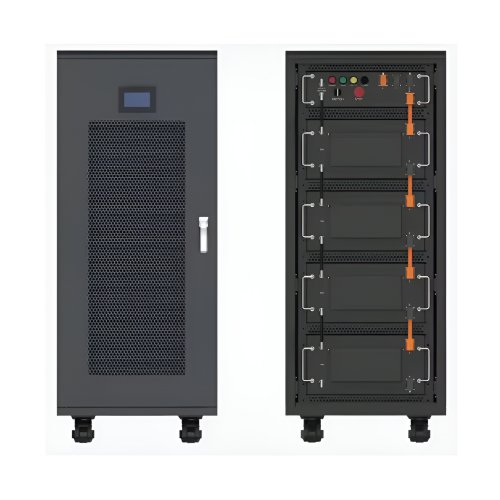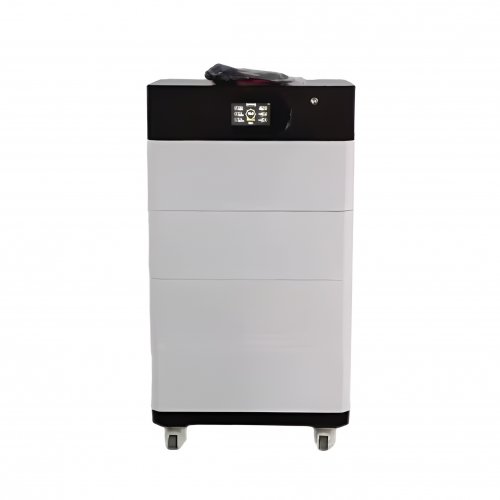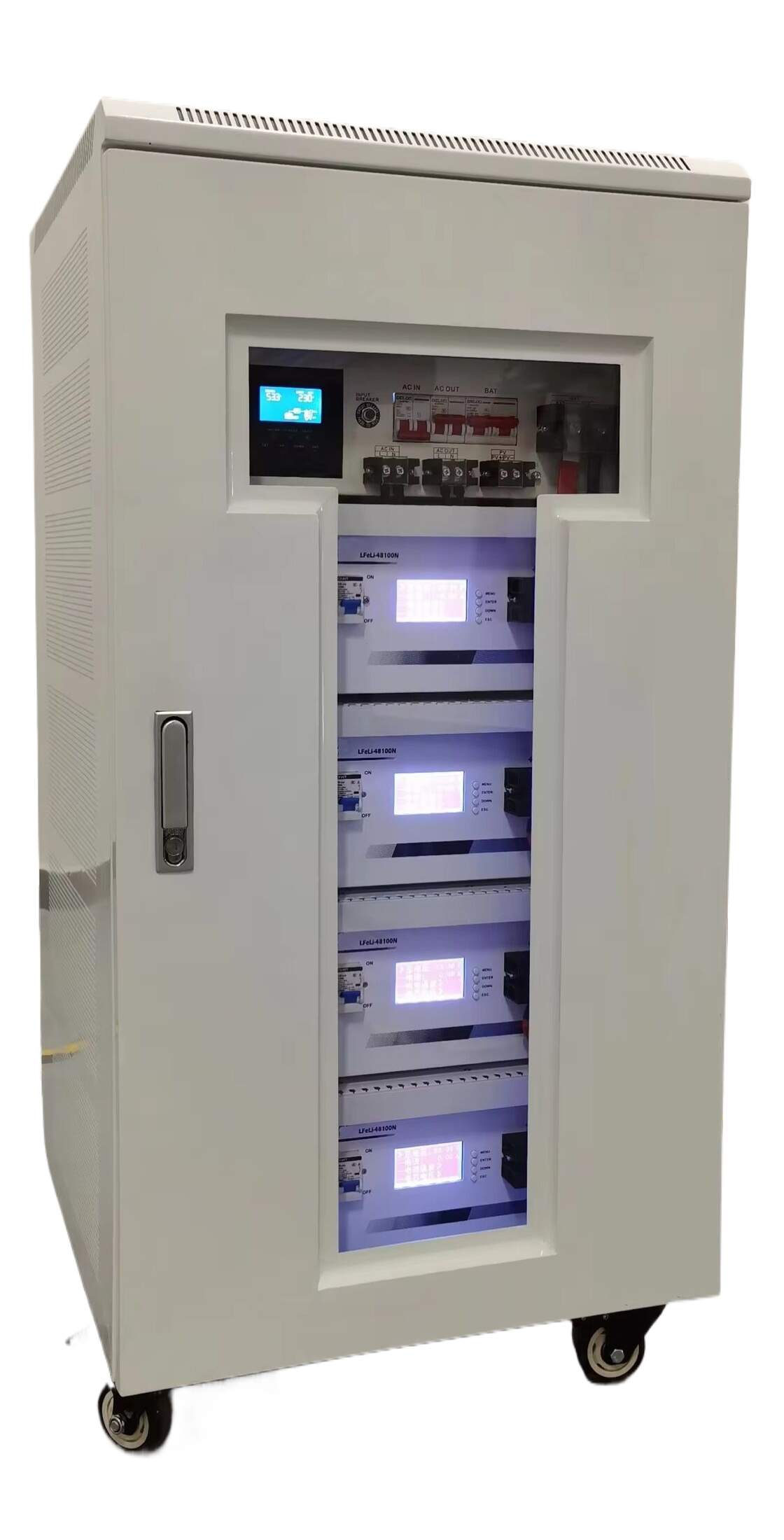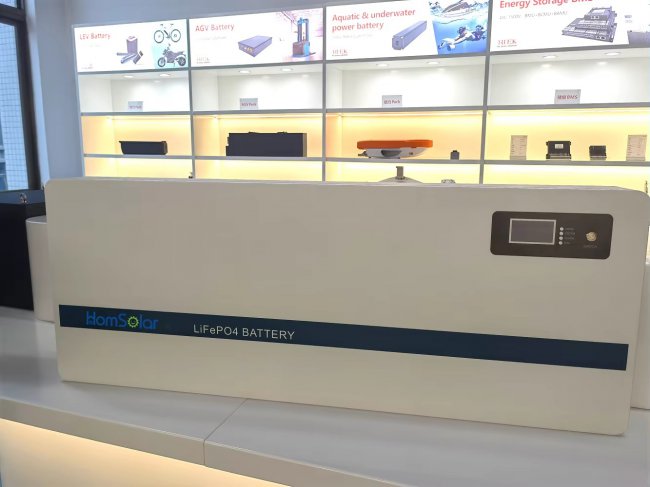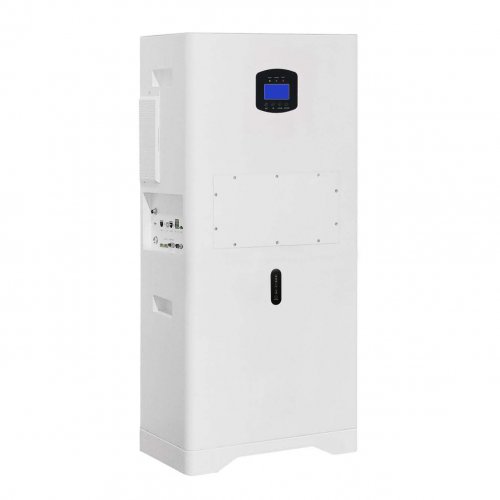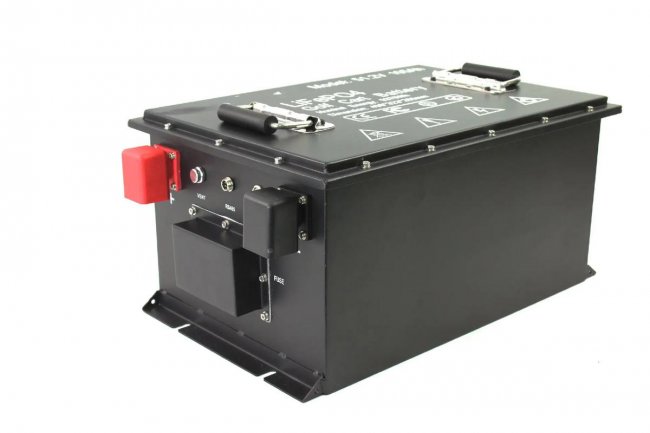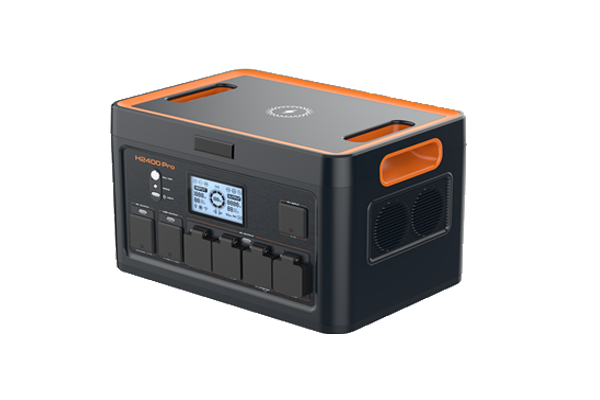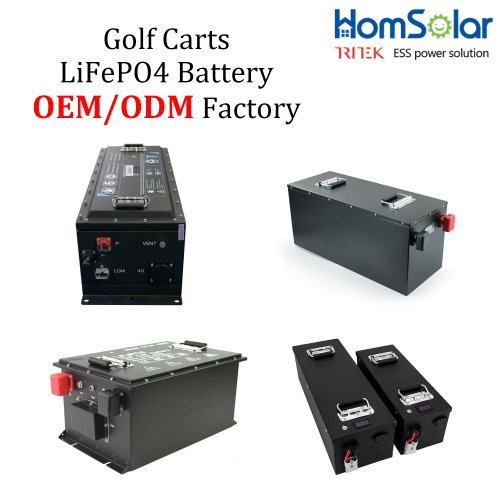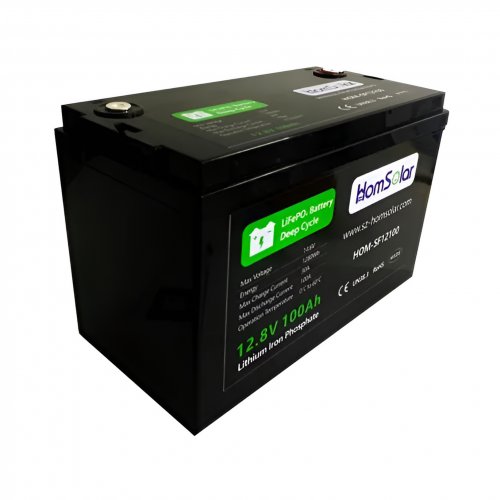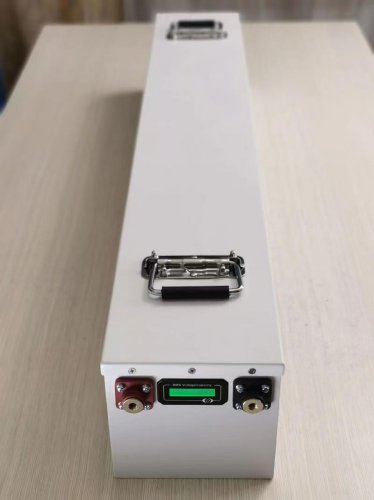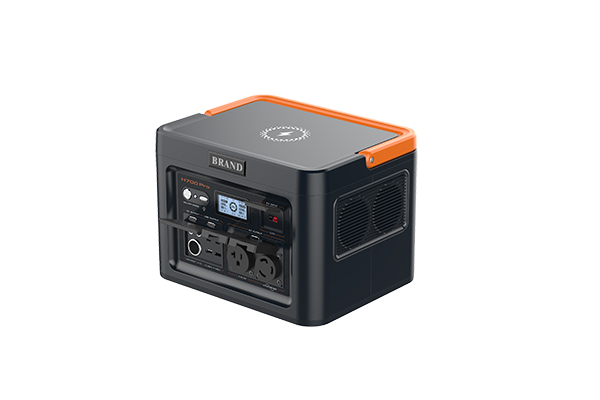Advances In Cathode Materials: Paving The Way For Next-generation Energy Storage
The relentless global pursuit of sustainable energy and electrified transportation has placed lithium-ion batteries (LIBs) at the forefront of technological innovation. While the performance of a battery is an interplay between its anode, electrolyte, and cathode, the cathode material remains a critical determinant of key metrics such as energy density, cost, cycle life, and safety. Recent years have witnessed a paradigm shift in cathode research, moving beyond the optimization of traditional layered oxides towards the exploration of novel chemical systems, structural engineering, and a deeper understanding of fundamental degradation mechanisms. This article delves into the latest breakthroughs and future trajectories in the development of advanced cathode materials.
Beyond NMC: The Rise of Cobalt-Free and High-Voltage Layered Oxides
The dominance of LiNiₓMnᵧCo₂O₂ (NMC) cathodes, particularly the high-nickel variants (e.g., NMC811), continues, driven by their high specific capacity. However, the inherent instability of nickel-rich surfaces, coupled with the high cost and ethical concerns surrounding cobalt, has spurred intensive research into cobalt-free alternatives. One of the most promising candidates is the lithium nickel manganese oxide (LNMO) system with a spinel structure, which operates at a high voltage of around 4.7 V vs. Li/Li⁺. This high voltage translates to high energy density without requiring a high specific capacity. The primary challenge has been the severe side reactions with conventional electrolytes at such high potentials. Recent breakthroughs involve the development of novel electrolyte formulations with robust, self-forming cathode-electrolyte interphases (CEIs) and the use of high-concentration salts or localized high-concentration electrolytes that effectively suppress oxidative decomposition, significantly enhancing the cycle life of LNMO cells (Li et al., 2023).
Parallel to this, the exploration of single-crystal NMC cathodes represents a significant technological advancement. Unlike conventional polycrystalline NMC, which consists of agglomerated secondary particles, single-crystal cathodes are composed of large, monolithic primary particles. This morphology drastically mitigates microcrack formation during cycling—a major failure mechanism in polycrystalline materials caused by anisotropic lattice volume changes. The intact structure preserves the integrity of the particle, reduces the surface area for parasitic reactions, and leads to dramatically improved capacity retention and thermal stability (Qian et al., 2022). The synthesis of high-quality, dense single-crystals with controlled facet orientation is an area of active research, with hydrothermal and molten-salt synthesis methods showing particular promise.
The Renaissance of Polyionic Cathodes: Sulfur and Oxygen
While intercalation chemistry has been the workhorse of LIBs, materials that undergo conversion reactions offer a step-change in energy density. Lithium-sulfur (Li-S) batteries, with a theoretical energy density nearly an order of magnitude higher than that of LIBs, have long been a subject of intense study. The cathode in a Li-S battery is elemental sulfur, which is abundant, cheap, and environmentally benign. The principal hurdles are the infamous "shuttle effect" of soluble lithium polysulfides and the poor electronic conductivity of sulfur and its discharge products.
Recent progress has been multifaceted. The design of sulfur host materials has evolved from simple carbon scaffolds to highly sophisticated polar and catalytic matrices. Materials such as metal-organic frameworks (MOFs), covalent organic frameworks (COFs), and single-atom catalysts (SACs) have been engineered to chemically trap polysulfides and catalytically accelerate their conversion kinetics. For instance, SACs with well-defined M-N₄ sites (M = Co, Fe, Ni) can significantly reduce the energy barrier for the liquid-solid conversion of Li₂S₄ to Li₂S, effectively suppressing the shuttle effect and enhancing sulfur utilization (Zhao et al., 2023). Furthermore, the development of sparingly solvating electrolytes or solid-state electrolytes aims to fundamentally eliminate polysulfide dissolution, representing a complementary and potentially transformative approach.
Another frontier is the development of cathodes for lithium-air (Li-O₂) batteries, which boast the highest theoretical energy density of all. The key challenge lies in the sluggish and often irreversible oxygen evolution reaction (OER) during charging. Recent breakthroughs involve the design of hierarchical porous carbon cathodes integrated with advanced bifunctional catalysts, such as ruthenium-based nanomaterials or metal oxides, which lower the overpotential for both oxygen reduction and evolution reactions. Understanding and controlling the nucleation and growth of the discharge product, lithium peroxide (Li₂O₂), is crucial, as its morphology and distribution dictate the rechargeability.
Solid-State Batteries: Redefining the Cathode Interface
The transition to all-solid-state batteries (ASSBs) is perhaps the most significant paradigm shift in energy storage, promising unparalleled safety and energy density. This shift, however, introduces new challenges at the cathode, primarily concerning the solid-solid interface between the cathode active material and the solid-state electrolyte (SSE). Poor interfacial contact and the formation of high-resistance interphases can cripple performance.
Recent technological breakthroughs focus on interface engineering. One prominent strategy is the construction of composite cathodes where cathode particles are intimately mixed with a solid ionic conductor (e.g., a sulfide or argyrodite SSE) and an electronic conductor. Advanced fabrication techniques, such as slurry processing and sintering under controlled atmospheres, are being developed to achieve dense, percolated networks for both ions and electrons. Another groundbreaking approach is the application of ultra-thin coating layers on cathode particles. Atomic layer deposition (ALD) and molecular layer deposition (MLD) can conformally deposit nanoscale layers of LiNbO₃, Li₃PO₄, or other lithium-stable materials that act as a physical barrier, preventing detrimental side reactions between the cathode and the SSE while facilitating lithium-ion transport (Cheng et al., 2023). This "nanoscale armoring" has been shown to drastically reduce interfacial resistance and extend cycle life.
Future Outlook and Concluding Remarks
The future of cathode materials lies in the convergence of material science, electrochemistry, and advanced computational modeling. The following trends are expected to shape the next decade of research:
1. Multi-Scale Design: The integration of computational screening (e.g., density functional theory and machine learning) with advanced synthesis will enable the rational design of cathodes from the atomic scale (doping, defect engineering) to the micro-scale (morphology control, grain boundary engineering). 2. Sustainability and Circularity: The drive towards cobalt-free and even nickel-free cathodes (e.g., disordered rock salts or LiFePO₂) will intensify. Furthermore, the development of efficient and low-energy recycling processes for cathode materials will become a critical research area to close the material loop. 3. Probing Dynamic Interfaces: The use ofin-situandoperandocharacterization techniques, such as synchrotron X-ray diffraction, transmission X-ray microscopy, and solid-state NMR, will provide unprecedented insights into the dynamic structural and chemical evolution of cathode materials and their interfaces during operation. 4. Beyond Lithium: While the focus of this article is on lithium-based systems, the principles of cathode design are being actively applied to other post-lithium technologies, such as sodium-ion and potassium-ion batteries, where earth-abundant elements can be leveraged.
In conclusion, the field of cathode materials is experiencing a period of remarkable innovation. The move away from conventional compositions towards cobalt-free high-voltage oxides, the maturation of polyionic systems like sulfur, and the interface-centric challenges posed by solid-state batteries are defining the current research landscape. Through continued interdisciplinary efforts, the next generation of cathode materials will be the cornerstone of a more powerful, durable, and sustainable energy storage future.
References (Examples):Cheng, E. J., et al. (2023). "Atomic/Molecular Layer Deposition for Functional Interfaces in All-Solid-State Batteries."Advanced Energy Materials, 13(15), 2203050.Li, W., et al. (2023). "A Localized High-Concentration Electrolyte for High-Voltage LiNi₀.₅Mn₁.₅O₄ Cathodes."Nature Energy, 8(4), 340-350.Qian, G., et al. (2022). "Single-Crystal Cathode Materials for Lithium-Ion Batteries: Synthesis, Characterization, and Performance."Joule, 6(4), 750-771.Zhao, M., et al. (2023). "Single-Atom Catalysis for Accelerating Polysulfide Conversion in Lithium-Sulfur Batteries."Science Advances, 9(12), eadf1996.
Customized/OEM/ODM Service
HomSolar Supports Lifepo4 battery pack customization/OEM/ODM service, welcome to contact us and tell us your needs.


HomSolar: Your One-stop LiFePO4 Battery Pack & ESS Solution Manufacturer
Our line of LiFePO4 (LFP) batteries offer a solution to demanding applications that require a lighter weight, longer life, and higher capacity battery. Features include advanced battery management systems (BMS), Bluetooth® communication and active intelligent monitoring.

Customised Lithium Iron Phosphate Battery Casing
ABS plastic housing, aluminium housing, stainless steel housing and iron housing are available, and can also be designed and customised according to your needs.

HomSolar Smart BMS
Intelligent Battery Management System for HomSolar Energy Storage System. Bluetooth, temperature sensor, LCD display, CAN interface, UART interface also available.


Terminals & Plugs Can Be Customized
A wide range of terminals and plugs can be customised to suit the application needs of your battery products.

Well-designed Solutions for Energy Storage Systems
We will design the perfect energy storage system solution according to your needs, so that you can easily solve the specific industry applications of battery products.



About Our Battery Cells
Our energy storage system products use brand new grade A LiFePO4 cells with a battery lifespan of more than 4,000 charge/discharge cycles.



Applications in Different Industries
We supply customized & OEM battery pack, assemble cells with wiring, fuse and plastic cover, all the cell wires connected to PCB plug or built BMS.
Applications: E-bike, Electric Scooter, Golf Carts, RV, Electric Wheelchair, Electric Tools, Robot Cleaner, Robot Sweeper, Solar Energy Storage System, Emergency Light, Solar Power Light, Medical Equipment, UPS Backup Power Supply.
We can provide you with customized services. We have the ability to provide a vertical supply chain, from single cells to pack/module and to a complete power solution with BMS, etc.


HomSolar (Shenzhen) Technology Co., Ltd







